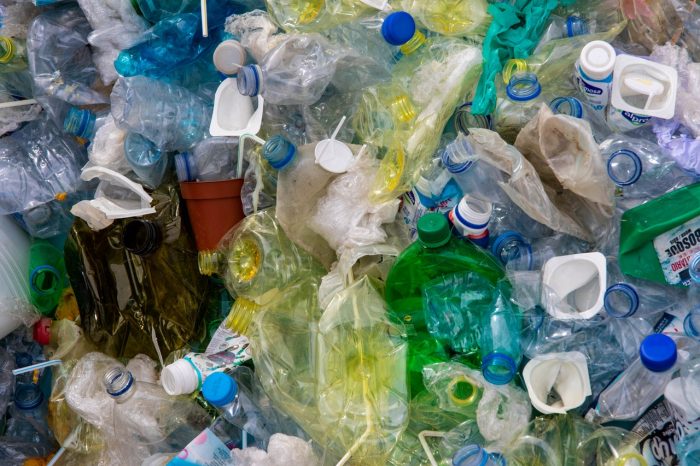Are you aware of how much waste your household produces that is not biodegradable or readily recyclable?
Back in 2019, I was fortunate to discover a couple of new local recycling schemes for waste that our city council classified as “general household,” destined for landfill or furnace.
I also learned that I could purchase an all-in-one box from a company called TerraCycle, which I would then fill with all remaining “nonrecyclable” waste and return to them for sorting. They recycle almost everything!
I decided to collect different types of waste in separate bags in the cupboard under the stairs and wait until the bags were full before making a trip to either location, or the council-run recycling site.
I had a bag each for plastic food trays, Tetra Pak, polystyrene, damaged fabrics, light bulbs, batteries and electronics, crisp packets, biscuit and treat wrappers, items to donate to a charity shop, a box of cardboard, and a selection of hard plastics, in addition to the TerraCycle “all-in-one” box.
The bags filled quickly, and as I looked at them, I started to wonder how much we would accumulate if we continued to add to our growing collection for an entire month. So, I set myself the challenge: save all nonbiodegradable waste for a month.
It mounted up faster than I’d imagined, and the quantity shocked me.
As I stood each evening cleaning all the food packaging prior to placing it into the correct bag, I was amazed at the amount of plastic that I had previously binned so recklessly.
The bags multiplied in number and by week three, I made the decision to bake instead of buy biscuits and cakes, so as to reduce the quantity of packaging. I went in search of loose vegetables from the market to cut down on the plastic I was inundated with, and switched to purchasing dry goods from a refill shop in reusable glass jars, or in paper sacks.
Heaps of trash now prevented me from accessing anything else in the cupboard and I felt overwhelmed by the task of moving it all when I needed to find something in what was once an organised storage space. The overspill encroached upon my living room and piled up next to my almost empty kitchen bin. By week four, I decided I could manage another week, but by week five, I was desperate to reclaim my home.
Living with the mini-mountain of rubbish made me realise just how big a problem we create when we don’t recycle as much as we can. I’ve seen pictures of families abroad living next to gigantic mounds of plastic garbage exported from the United Kingdom; experiencing it in my own home made it much more real.
This experiment made me reevaluate what I buy and where from. When I can afford to, I now make purchases based on whether the packaging is recyclable and at what cost.
We all need to consider how we can generate less waste and recycle more diligently, or our children and grandchildren will be breathing, eating, and drinking plastic.
Do you think you could undertake the One Month Rubbish Challenge?
You might be surprised at how much waste your household creates.
~


 Share on bsky
Share on bsky





Read 16 comments and reply